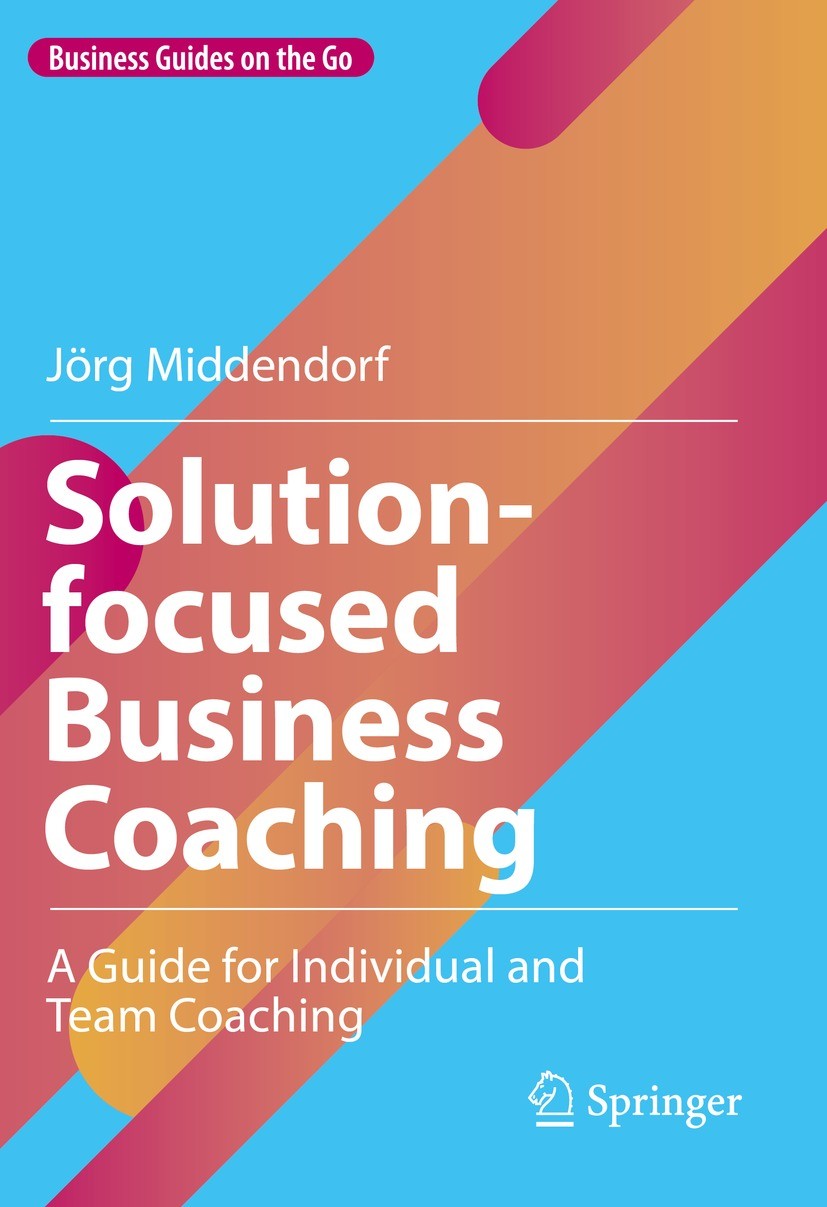| 书目名称 | Solution-focused Business Coaching |
| 副标题 | A Guide for Individu |
| 编辑 | Jörg Middendorf |
| 视频video | http://file.papertrans.cn/872/871715/871715.mp4 |
| 概述 | Provides clear and practical guidance on how to conduct solution focused coaching sessions.Includes more than130 solution focused coaching questions for immediate use.Provides tools and recommendation |
| 丛书名称 | Business Guides on the Go |
| 图书封面 |  |
| 描述 | This book presents the fundamentals and applications of solution-focused coaching both in individual coaching and in coaching entire teams. It provides central tools for consulting as well as an extensive collection of solution-focused coaching questions for practical use. In the second part of the book, methods and procedures for conducting team coaching workshops are presented. .The book is aimed primarily at coaches and consultants who want to enrich their work with solution-focused coaching, as well as managers especially in the field of human resource management.. . |
| 出版日期 | Book 2022 |
| 关键词 | Coaching; Business coaching; Team coaching; Brief coaching; Reteaming; Team development; Team building; Sol |
| 版次 | 1 |
| doi | https://doi.org/10.1007/978-3-031-07700-5 |
| isbn_softcover | 978-3-031-07702-9 |
| isbn_ebook | 978-3-031-07700-5Series ISSN 2731-4758 Series E-ISSN 2731-4766 |
| issn_series | 2731-4758 |
| copyright | The Editor(s) (if applicable) and The Author(s), under exclusive license to Springer Nature Switzerl |
 |Archiver|手机版|小黑屋|
派博传思国际
( 京公网安备110108008328)
GMT+8, 2025-12-14 12:08
|Archiver|手机版|小黑屋|
派博传思国际
( 京公网安备110108008328)
GMT+8, 2025-12-14 12:08


